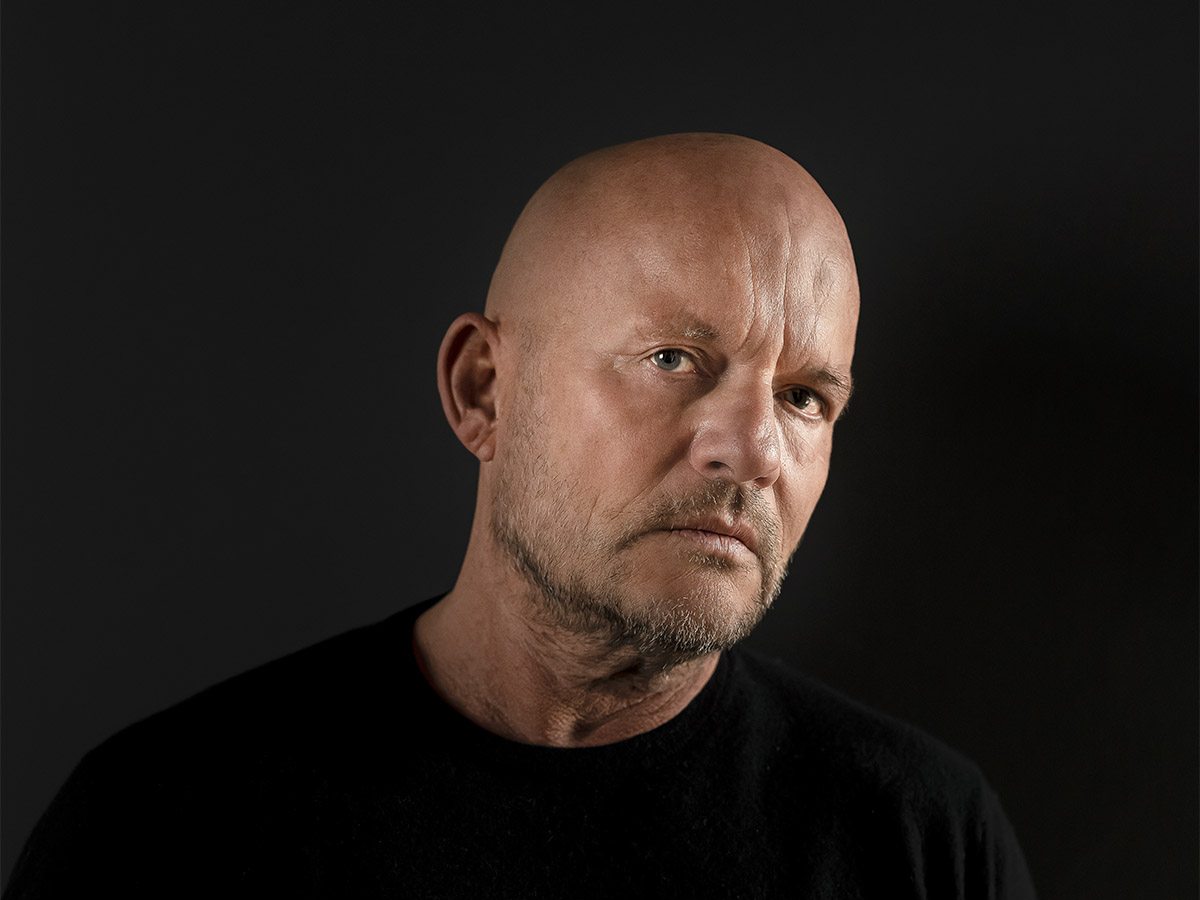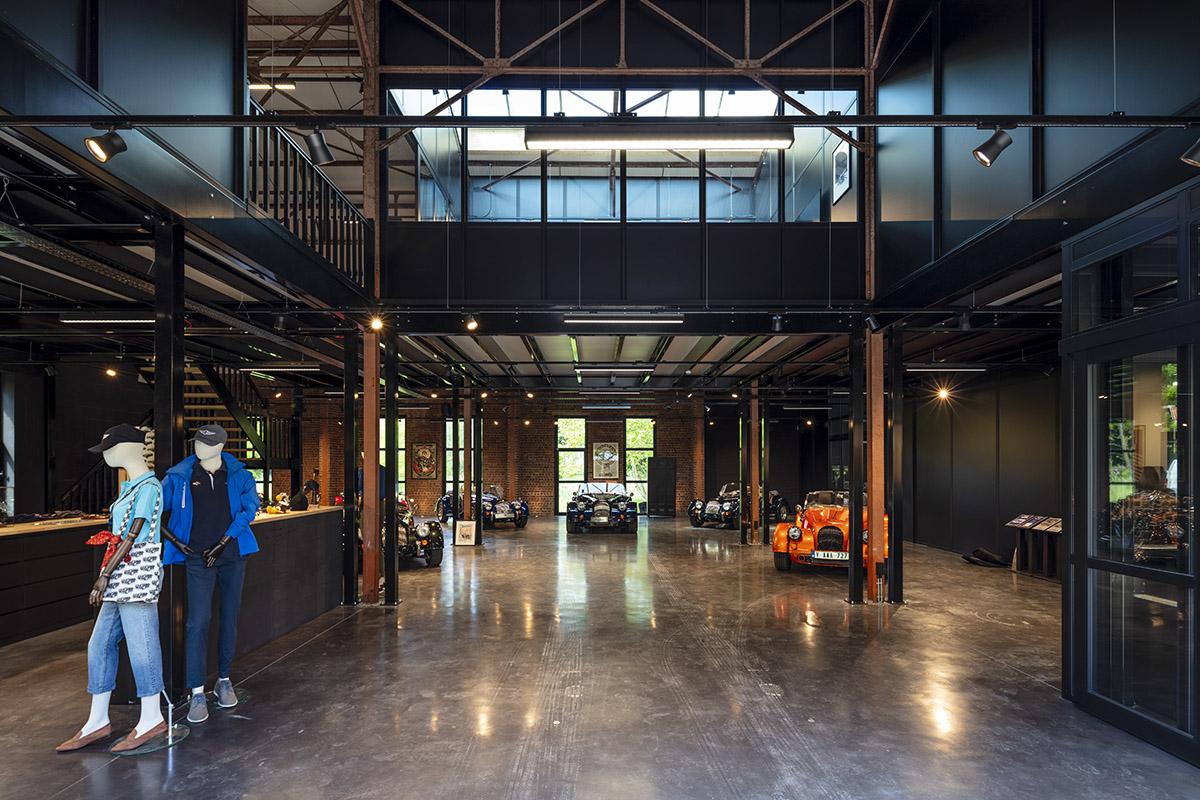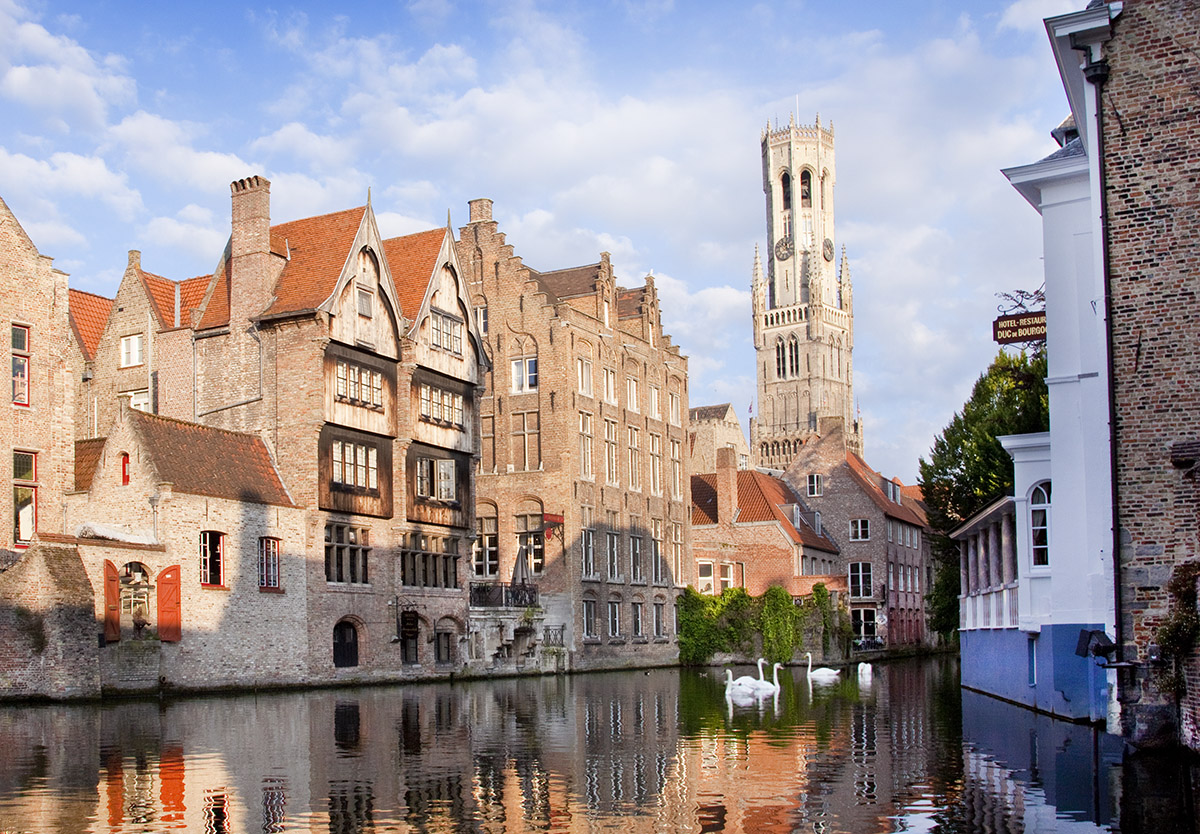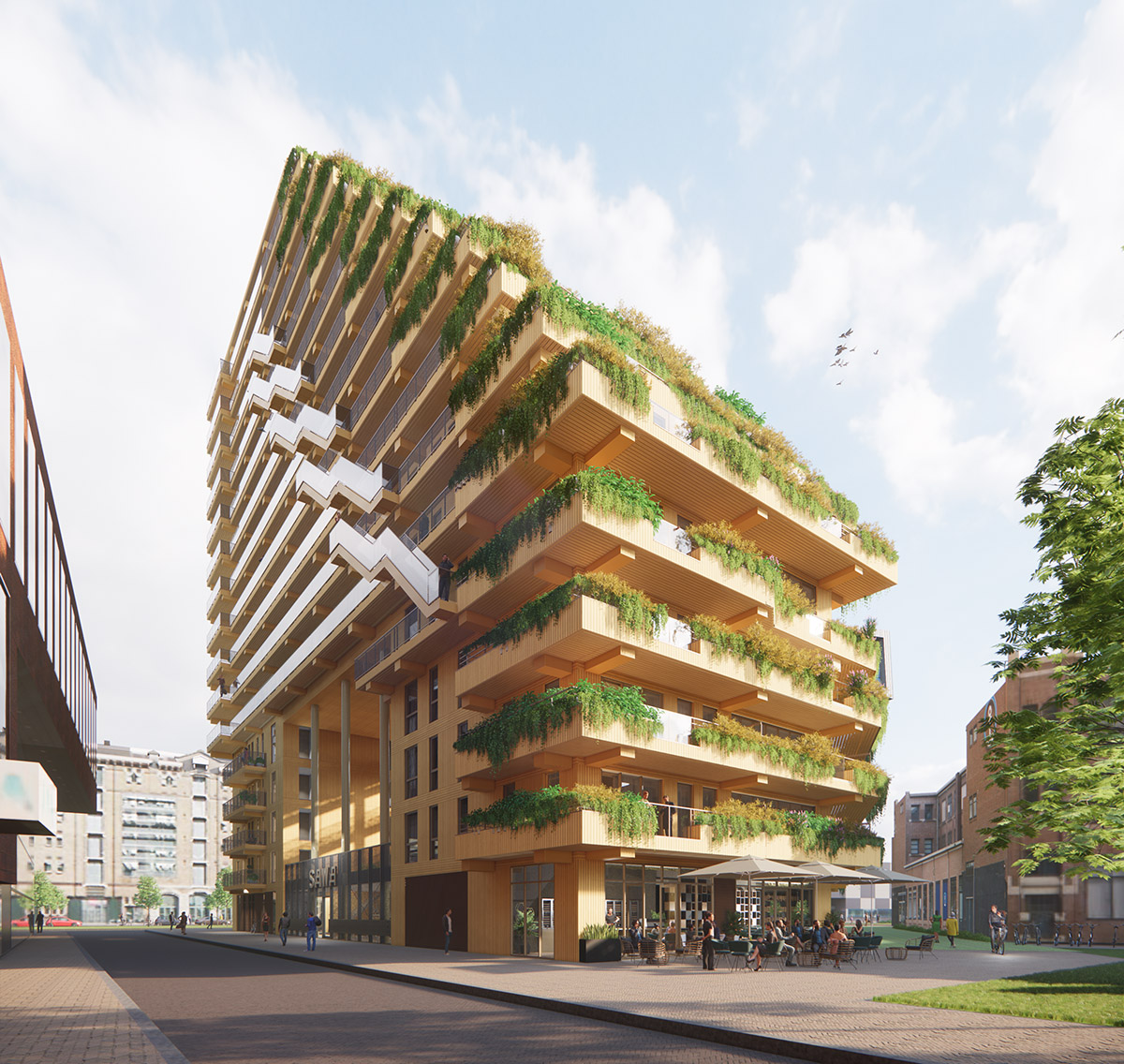Archipelontwerpers
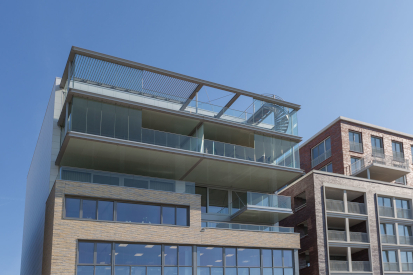
Design for a sustainable future
TEXT: ELLA PUT | PHOTOS © ARCHIPELONTWERPERS
Did you know that doubling the concentration of inhabitants in a city results in a saving of 15 per cent on infrastructure, energy and pollution? Compact cities produce substantially less carbon emissions compared to small villages. Understanding the power of a compact city plan, Archipelontwerpers creates universally applicable design for a sustainable future.
Situated in the harbour of The Hague, the office of Archipelontwerpers is just a stone’s throw away from many of the innovative projects it has worked on throughout its 25 years of experience. This includes the harbour itself. “The harbour was home to several extraordinary buildings, such as old warehouses which were no longer being used,” owner of Archipelontwerpers Eric Vreedenburgh explains. “These warehouses were scheduled to be demolished. However, when we were asked to design a redevelopment plan for the harbour, we discovered that we didn’t have to start from scratch. By renovating the warehouses and placing steel penthouses on their rooftops, with breathtaking views over the water, the harbour is given a new lease of life
This proved to be a successful approach. Ever since Archipelontwerpers’ redesign of the harbour area, it now houses many offices, start-ups and private homes.
This is the architecture firm’s hidden strength, and it has applied this to many other projects such as the Steel Study House II in Leeuwarden, inspired by the functional Bauhaus mindset, as well as the construction of the hypermodern transformation known as Huis Cats, in Bergen op Zoom.
As an architectural office set for the future, Archipelontwerpers is a multidisciplinary company. It is therefore no surprise that ‘archipel’, meaning archipelago, is not only part of the company’s name but also its vision. “The many islands of an archipelago are in some way always connected to one another. The same goes for a project: it connects several ideas, technical knowledge and wishes, forming them into one project.”
From house design to urban planning as well as interior design, Archipelontwerpers has expertise in many areas. Besides their designing activities, they also perform research in the field of sustainability and rooftop architecture.
A vision for the future
“The design philosophy behind Archipelontwerpers is based on the idea that space in inner cities in scarce,” Vreedenburgh explains. “As an architect, you build for the future and therefore you also have to consider this in terms of sustainability and the flexibilisation and reprogramming of buildings.”
When looking at the direction of architecture in the Netherlands, Vreedenburgh envisioned a new plan several years ago. “During my walks in the city of The Hague, I saw a lot of rooftops which were left unused. Thanks to their height and flat structure, they could fulfil so many purposes. Imagine the rooftops turned into a terrace, a late-night bar or a park overlooking the town. I thought to myself: why not do something with this and diversify the mono-functionality of the city?”
Vreedenburgh wrote, several years ago, a book about the necessity of ‘Rooftop Architecture’, and this strategy helped cities, including Rotterdam, London and Copenhagen, to set up new urban strategies to reinvent the city. He explains: “In cities, we tend to expand, but you only really have to look up. Because that is where the future lies for a sustainable solution.”
The purpose of a place
According to the rules of Archipelontwerpers, compatibility and sustainability go hand in hand. “Because a compact plan does not allow the infrastructure to spread,” he explains. “Furthermore, you reinvest in something, such as a rooftop, which is already built and you can give the property a new purpose.”
Creating structures that can easily be repurposed is another one of Archipelontwerpers strengths. “We see it as our mission to develop sustainable projects which fulfil the needs of today, yet also allow for the possibilities of future generations. After all, the design of a house or the development of a city is never an isolated task but the result of a continuous process which has taken years, even centuries.”
In Vreedenburgh’s eyes, the key to a sustainable future lies first and foremost in buildings becoming energy neutral, and further on in buildings that generate energy. At the same time, these buildings should have character and radiate a pleasant atmosphere.
“But there is so much more to it, which makes it even more exciting,” he explains. “The time is long gone when buildings only had to fulfil one role. Nowadays, an office building can be turned into a school, and that school can later be turned into an apartment complex. Therefore, it is important that buildings and houses are designed with repurposing in mind.”
Subscribe to Our Newsletter
Receive our monthly newsletter by email
